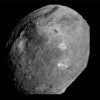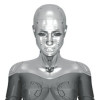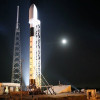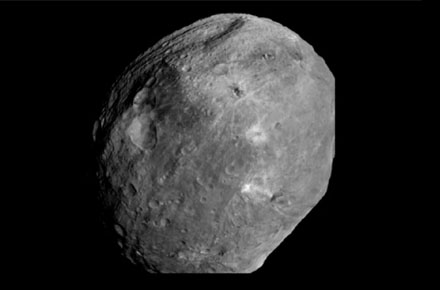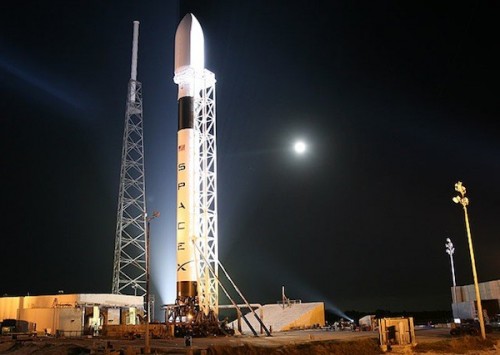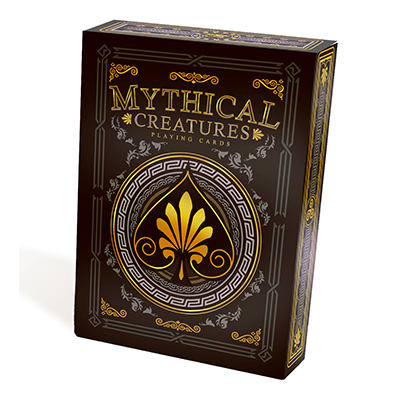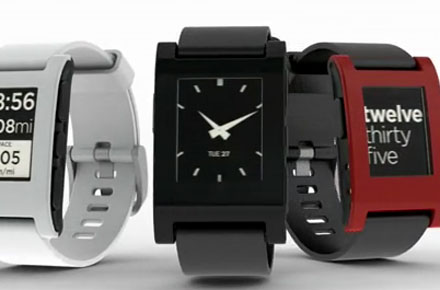We Are Going to Need More Bruce Willis!
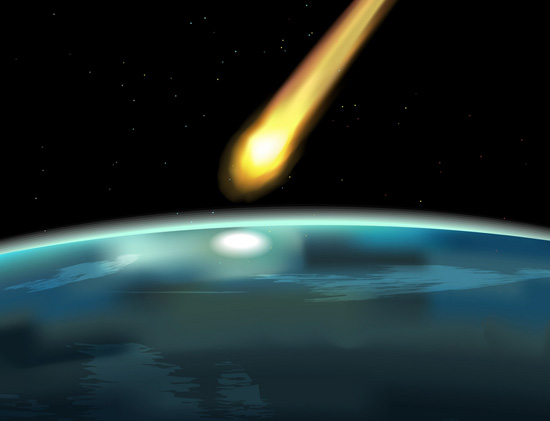

Discovered on December 28, 2005, the asteroid 2005 YU55 made its first pass of the Earth on April 19th. Passing within 1.5 million miles of Earth, which is roughly six times the difference between us and the moon, the asteroid then continued on its trip around the sun. While this asteroid has been deemed harmless, what is being done to protect us in the future? What if an asteroid collided with the earth? What else is out there, hurtling towards us at doomsday speeds?
Asteroid 2005 YU55
YU55 was irst observed by astronomer Robert McMillan working with SpaceWatch. NASA’s Near-Earth Object Observations program is responsible for watching and tracking any potentially-dangerous asteroids and making assessments about their risk to the Earth. The Arecibo radio telescope was used to track the asteroid’s movements over four days as it passed near the Earth. The same array, locate in Puerto Rico, will be used to watch the return trip.

Twice as big as it was originally thought to be, the asteroid measures a quarter-mile long. Once classified as a potential threat, astronomers now believe that there is no chance of it impacting the Earth on it’s return trip in November of this year. It will pass harmlessly between the Earth and moon, although astronomers from around the world will continue to keep tabs on its trajectory. Satellites and weather patterns are not expected to be effected.
Future Protection Plans
NASA’s asteroid-tracking program has received an additional two million dollar grant to fund the Arecibo project. This will help scientists to not only track celestial bodies they are already aware of, but to locate more. It is estimated that only fifteen percent of smaller asteroids measuring less than 140 meters have been found. Only 85 percent of the huge asteroids have been discovered, as well. With Congress mandating that all potential dangers in space be tracked, this extra funding will be essential to meeting that goal. Additionally, a proposition by President Barack Obama would increase NASA’s funding for asteroid tracking from only $3.7 million in 2009 up to a projected $20.3 million in 2011.
While movies would have us believe that we could use laser beams or guided missiles to blow up an asteroid threat, the solution isn’t that spectacular. President Obama has also announced a plan to have a manned mission to an asteroid by 2025. While this is an ambitious plan, it would help NASA to gather information about how to possibly deflect threatening asteroids from the Earth simply by nudging it off of its trajectory. It seems pushing the thing out of the way is easier than blowing it up.
Obama’s plans are ambitious, but possible. While a manned Mars landing is the ultimate goal, rendezvous with an asteroid is the first step in manned deep space exploration.
“By 2025, we expect new spacecraft designed for long journeys to allow us to begin the first-ever crewed missions beyond the moon into deep space,” Obama said. “We’ll start by sending astronauts to an asteroid for the first time in history.”
Astronomer Donald Yeomans, head of NASA’s Near-Earth Object program office at NASA’s Jet Propulsion Laboratory in Pasadena, has said that there are at least six asteroids near Earth that would be reachable by manned space flight, but most of them are too small to be considered. The ideal asteroid to visit would be at least 300 meters long.
Earth/Asteroid Collisions
The good news is scientists think that there are about 100,000 asteroids, and only 20,000 pose any risk for colliding with Earth. The bad news is that NASA has only found 7,000 of the former and 1,000 of the latter. While small asteroids pose only minor dangers to Earth, it’s obviously the larger ones with which we have to be concerned.
65 million years ago, an asteroid or a comet six miles in diameter known as the Chicxulub Asteroid slammed into the Mexican Yucatan Peninsula. It killed off at least half the species on the Earth, changed the climate by throwing incredible amounts of dust into the atmosphere, and struck with 100 million megatons of force. Scientists have compared the collision as comparable to every atomic bomb in existence going off in one place at the same time.
It killed off nearly all of the dinosaurs by causing tsunamis, earthquakes, volcanic eruptions, and acid rain. The ensuing fireball then charred all the vegetation on North America. The food chain deteriorated until eventually everything for thousands of miles around the impact site was dead. The crater left behind was 24 miles deep and 125 miles wide.
If that’s not enough to cheer you up, on June 30th, 1908, a blast rocked Tunguska, Siberia with such force that it would have been mistaken for a nuclear bomb had it happened fifty or sixty years later. It mowed down 60 million trees, blew out windows, and temporarily blinded, ruptured eardrums, and knocked down residents living far enough away not to be killed by the blast. Had this event happened over New York City, the entire city would have been leveled to a smoking hole.
On January 19, 1993, a bright asteroid exploded in the sky above the town of Lugo, Italy. Six seismic stations within the area felt the blast, as did all of the local inhabitants. Had the asteroid been composed of heavier, more dense materials, the 14-kiloton blast would have gone off closer to the ground in devastating fashion.
Every year, thousands of small asteroids pock-mark the Earth. It is believed that an extinction-level asteroid, one that is half a mile long or larger, occurs nearly every million years. The larger it is, the worse the damage to the planet.
Future Events
The biggest asteroid threat that we know of is Apophis. This asteroid, discovered June 19th, 2004, is 885 feet (270 meters) across and has the potential to slam into Earth on April 13th, 2036. Before you get excited, realize that scientists believe there is only a 1 in 250,000 chance of this happening, due to the fact the asteroid would first have to pass through a gravitational keyhole and then bank on a very precise angle as to not skip off the atmosphere and back into space.
Considering that the Tunguska event was between 3 and 10 kilotons, Apophis would create an impact of 510 kilotons. This figure has been revised down from 1410 kilotons after further study and imaging. While this would indeed be a catastrophe, we still have plenty of time to work on a solution should the threat level rise once more. Several countries and agencies are already studying ways to deflect the asteroid, should it become necessary to do so.
With heavenly bodies being so beautiful and fascinating, it’s easy to forget the apocalyptic damage they can inflict. However, science is making strides every day to locate and catalog more asteroids, assess the risk, and develop new technology and plans to protect us from asteroid risk. NASA, as well as independent astronomers, are constantly learning and publishing about new theories and findings to share with the world. I, for one, can’t wait to see what exciting discoveries will be made.
